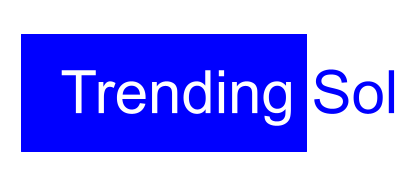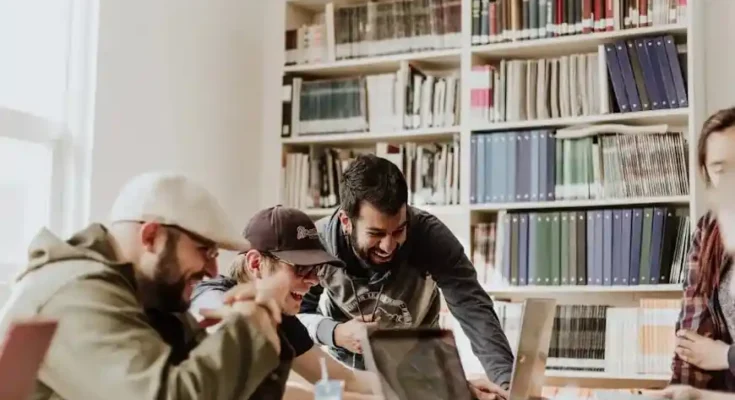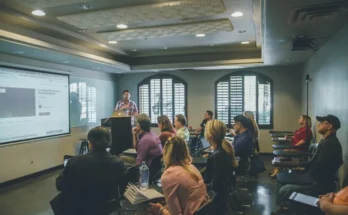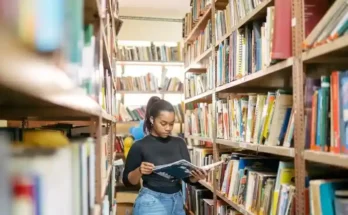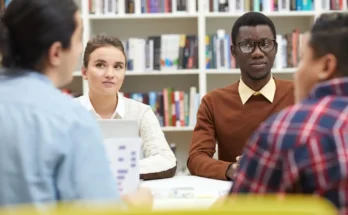Redefining Education:
For centuries, education was synonymous with rows of desks, chalk-smeared blackboards, and the rhythmic hum of recited lessons. But as the world evolved, so did the very definition of learning. Today, education is no longer limited to traditional classrooms or rigid systems. It has broken free from those walls, transforming into an ever-evolving journey that blends technology, critical thinking, creativity, and real-world exposure.
This shift isn’t just about replacing textbooks with tablets—it’s about reimagining how we prepare minds to face an uncertain, rapidly changing world. Education today isn’t merely a path to employment; it’s the foundation of adaptability, empathy, and lifelong curiosity.
The Evolution of Learning:
-
From Industrial to Informational
The education system we’ve known for the last century was built during the Industrial Revolution, when societies needed factory workers who could follow orders and perform repetitive tasks. Schools mirrored that model: standardization, discipline, memorization. But the 21st century doesn’t operate on those same needs.
We now live in the Information Age—a time when data is everywhere, innovation is currency, and problem-solving is a vital skill. In this era, education must do more than fill minds with facts. It must teach students how to think, not what to think.
-
The Rise of Personalized Learning
One of the most exciting transformations in education today is personalization. Thanks to artificial intelligence and adaptive platforms, students no longer have to be taught at the same pace or style. Modern tools analyze learning patterns and customize content accordingly, ensuring each learner receives what they need—when they need it.
Gone are the days when one-size-fits-all worked. Now, education is about recognizing the unique potential of each student and nurturing their individual paths.
Technology as the Great Enabler:
-
Classrooms Without Borders
With the internet’s arrival, learning escaped the four walls of the classroom. A student in Nairobi can now take a course from MIT. A teenager in a rural village can learn coding through YouTube or build an app with free online tools. Education is global, borderless, and on-demand.
Platforms like Khan Academy, Coursera, and Duolingo have democratized access to high-quality learning. A smartphone today can be more powerful than a library was a decade ago. And this digital wave isn’t just about access—it’s also changing the way we engage with content through gamification, interactivity, and real-time feedback.
-
Virtual Reality and Immersive Education
Virtual and augmented reality are unlocking immersive experiences that bring learning to life. Imagine studying marine biology by diving into a 3D coral reef or exploring ancient Rome in VR while sitting in a history class. These technologies make abstract or distant concepts tangible, sparking curiosity in ways textbooks never could.
By engaging multiple senses, immersive learning encourages deeper understanding and longer retention. It’s not just education—it’s an experience.
The Shift in Curriculum and Skills:
-
Emphasizing Critical Thinking Over Memorization
Today’s students don’t need to memorize historical dates—they can Google them. What they do need is the ability to question sources, interpret data, and connect dots across disciplines. Critical thinking is the currency of modern education.
Newer curriculums emphasize project-based learning, debates, peer collaboration, and real-world applications. The goal is not to mold obedient test-takers, but to empower thoughtful innovators and responsible citizens.
-
Integrating Life Skills and Emotional Intelligence
Success in life isn’t solely determined by academic performance. Emotional intelligence, communication skills, time management, empathy—these are equally crucial, yet were historically ignored in schools. Fortunately, this is changing.
Modern education acknowledges the holistic development of a student. Programs now include mindfulness, conflict resolution, financial literacy, and digital citizenship. Schools are not just training minds—they’re nurturing hearts.
Teachers as Guides, Not Gatekeepers:
-
From Lecturers to Facilitators
In the old model, teachers were the ultimate source of knowledge. Students were passive receivers. But with the internet offering unlimited information, the role of teachers has transformed.
Today’s educators are facilitators of curiosity. They guide students through the chaos of content, helping them discern credible sources, ask better questions, and apply their learning meaningfully. The teacher-student dynamic is more collaborative than ever.
-
Continuous Learning for Educators
Education’s evolution isn’t just for students. Teachers, too, must evolve. That means constant upskilling, learning new technologies, understanding diverse learning styles, and fostering inclusive classrooms.
Professional development is now a continuous process, and many teachers are embracing it with open arms, becoming lifelong learners themselves.
Challenges in the Modern Educational Landscape:
-
Bridging the Digital Divide
While technology opens doors, it also creates a gap between those who have access and those who don’t. Many rural or economically disadvantaged students still struggle to obtain stable internet, devices, or even basic digital literacy.
True educational progress requires not just innovation, but inclusion. Governments, communities, and tech companies must collaborate to ensure equitable access to quality learning for all.
-
Balancing Screen Time and Mental Health
With digital learning comes increased screen time, often at the expense of physical activity and face-to-face interaction. The rise in anxiety, attention issues, and screen addiction among students is a growing concern.
Modern education must also include digital well-being, teaching students to balance technology with mindfulness and human connection.
The Future of Education:
-
Learning as a Lifelong Journey
In the past, education had a clear start and end point—typically capped by a diploma or degree. Today, it’s a lifelong pursuit. As industries shift and new careers emerge, adults must re-skill and up-skill continuously.
Micro-credentials, online certifications, and hybrid learning models are reshaping what it means to be a student. Age is no longer a barrier to learning; curiosity is the only requirement.
-
A More Inclusive and Diverse Landscape
The future promises more inclusive classrooms—both physically and virtually. Neuro-diverse students, children with disabilities, students from marginalized communities—all are gaining access to tools that meet their unique needs.
Education is no longer just about knowledge acquisition. It’s about ensuring that every voice, every story, every perspective matters. Diversity is no longer a checkbox—it’s a strength.
Conclusion:
Education is no longer just preparation for life—it is life itself. It’s a fluid, dynamic, and deeply personal journey that shapes not just careers, but characters. It teaches us how to think, how to feel, how to build, and how to belong.
As we move forward, the focus must remain not just on what we teach, but why and how. The true purpose of education is not to fill empty vessels, but to light the fire within each learner—a fire that illuminates their potential and fuels a better future for all.
The classroom of tomorrow isn’t a place—it’s a mindset. And that mindset begins today.
